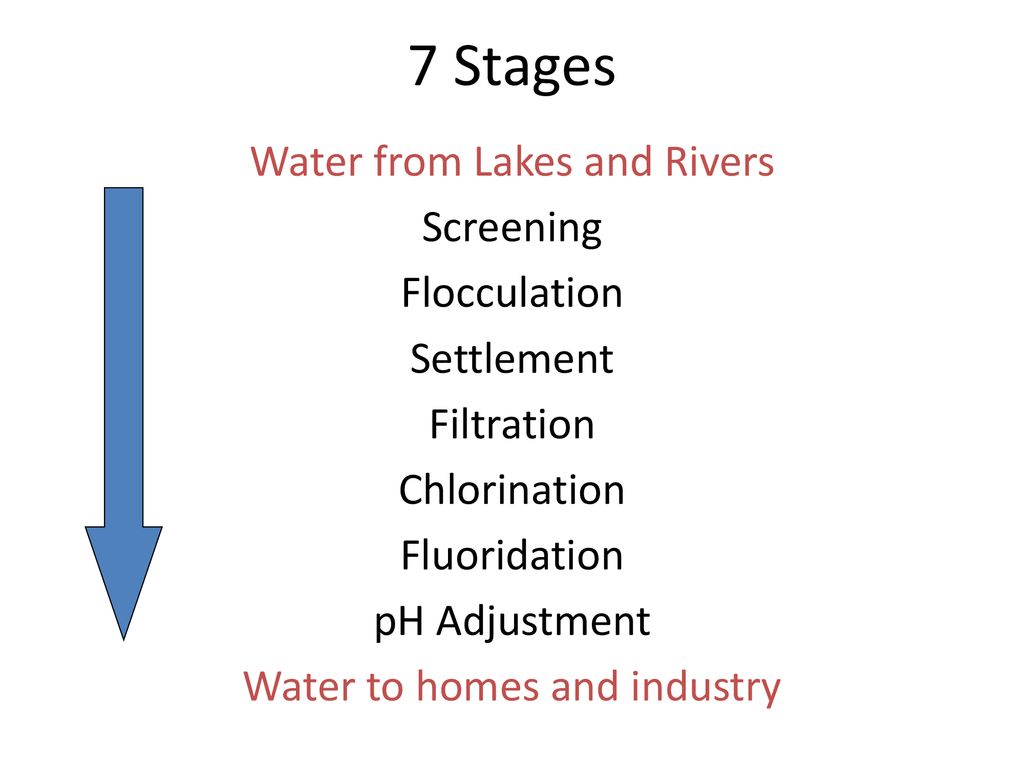What Does Residential Water Treatment System Mean?
Table of ContentsUnknown Facts About Residential Water Treatment System3 Simple Techniques For Residential Water Treatment SystemAll about Residential Water Treatment SystemMore About Residential Water Treatment System

on the other hand, comes from production, industrial and industrial activities brought as well as has an entirely various composition than sewer water. How does it function? The very first step in this water therapy plant is that the wastewater drains pipes to the plant with the aid of gravity via the major sewer system.
In this stage, the water relocates via the crushed rock chamber to get rid of any type of grit. The crushed rock is after that gotten rid of at the dump. The water then moves to bench screens which eliminate big items. These are course screens. Next, the fine screens remove smaller objects such as undigested foods, or suits, etc.
In this phase, the water flows to the key settling tanks, additionally known as pre-settling basins. These containers have receptacles which are situated in the base of the storage tank where water moves through.
Rumored Buzz on Residential Water Treatment System
These working out storage tanks make it possible for the sludge to resolve and after that relocates to food digestion storage tanks. In the digestion storage tanks, the sludge is heated and also blended. An additional crucial thing that occurs right here is the production of biogas, which the wastewater treatment plants can recycle, in the production of electrical or thermal power which is one more significant benefit to the environment.

The last action in wastewater therapy is evaluation. This examination involves examining the contamination level of the water treated as well as seeing to it it abides with the highest requirements in order to be launched or recycled for residential or industrial functions. residential water treatment system. Applications: The majority of oil refineries or petrochemical as well as chemical markets create a big quantity of wastewater and also call for on-site wastewater therapy plants.
The wastewater here streams with screens as well as right into negotiation basins that can take out debris in huge amounts. It acts as a pre-treatment as mentioned above as it happens before 3 more hostile stages- main, additional and also tertiary therapy. Key Therapy During this phase, the wastewater moves into the clarifiers.
The Ultimate Guide To Residential Water Treatment System
It is the layout of these containers that lead to settling, that is, the natural solid matter collects at the bottom of the container while the lighter issue drifts to the leading ending up being simpler for elimination. The natural matter that settles near the bottom is called a main sludge blanket.
Secondary Treatment This therapy stage consists of cardio aeration. When this air flows via the aerators, the little holes present, turn them into bubbles as well as they get mixed with the water column.
This RAS goes back into the main clarification container and also the germs in it assists in breaking down any type of organic issue in the sewer. As soon as RAS has entirely gone through both the main as well as second clarification containers constantly, i. e important source several times, it is developed into waste-activated sludge (WAS). The WAS after that does not return to the primary explanation container but instead transfers to the covered storage tanks, likewise known as cardiovascular sludge digesters.
The continuing to be sludge steps to the dewatering center that has dewatering containers where the plant uses belt presses to squeeze any type of staying water out of the sludge. Tertiary Therapy Tertiary treatment follows the process of both main and also second procedures yet additionally furthermore entails mechanical and also photochemical processes.
Indicators on Residential Water Treatment System You Should Know
Below the focus is offered to physical techniques such as screening, sedimentation, filtration, clarification etc. The objective of this is to remove as much solid physical matters as possible before sending the effluent for additional therapy. This phase involves the removal of solid waste as well as natural matter. Right here chemicals are included in break down any type of solid and chemical waste.
There are two types of materials- one is an anion one while the other is a cation one. These former resins launch hydroxyl ions which are adversely billed while the cation resins launch hydrogen ions that are positively billed. The cation-exchange materials lead to softening of water, the anion-exchange outcome in the elimination of nitrate from wastewater as well as the mix of both the anion as well as cation exchange eliminates basically every ionic impurity existing in the feed water with a procedure called deionization (residential water treatment system).
Applications: Demineralization causes the total removal of minerals from the water and also is usually utilized in industries that call for water with high levels of pureness, as an example- make-up or feed water in high-pressure central heating boilers, the food and also drink market, as well as process streams made use of in the manufacturing of electronics. They are likewise utilized in industries for the generation of heavy steam, power and also air conditioning.
Reverse Osmosis (RO) special info Water Treatment The principle of reverse osmosis (RO) operates on the purification technique that results in the removal of a lot of pollutants and contaminations from wastewater by using stress to it when it gets on one side of a membrane layer. How does it function? This water treatment plant works by utilizing a high-pressure pump that raises the stress on the salt side of the RO as well as forces the water throughout the semipermeable RO membrane more helpful hints (which permits some atoms and also molecules to pass yet not others), leaving virtually 95%-99% of liquified salts in the turn down stream.